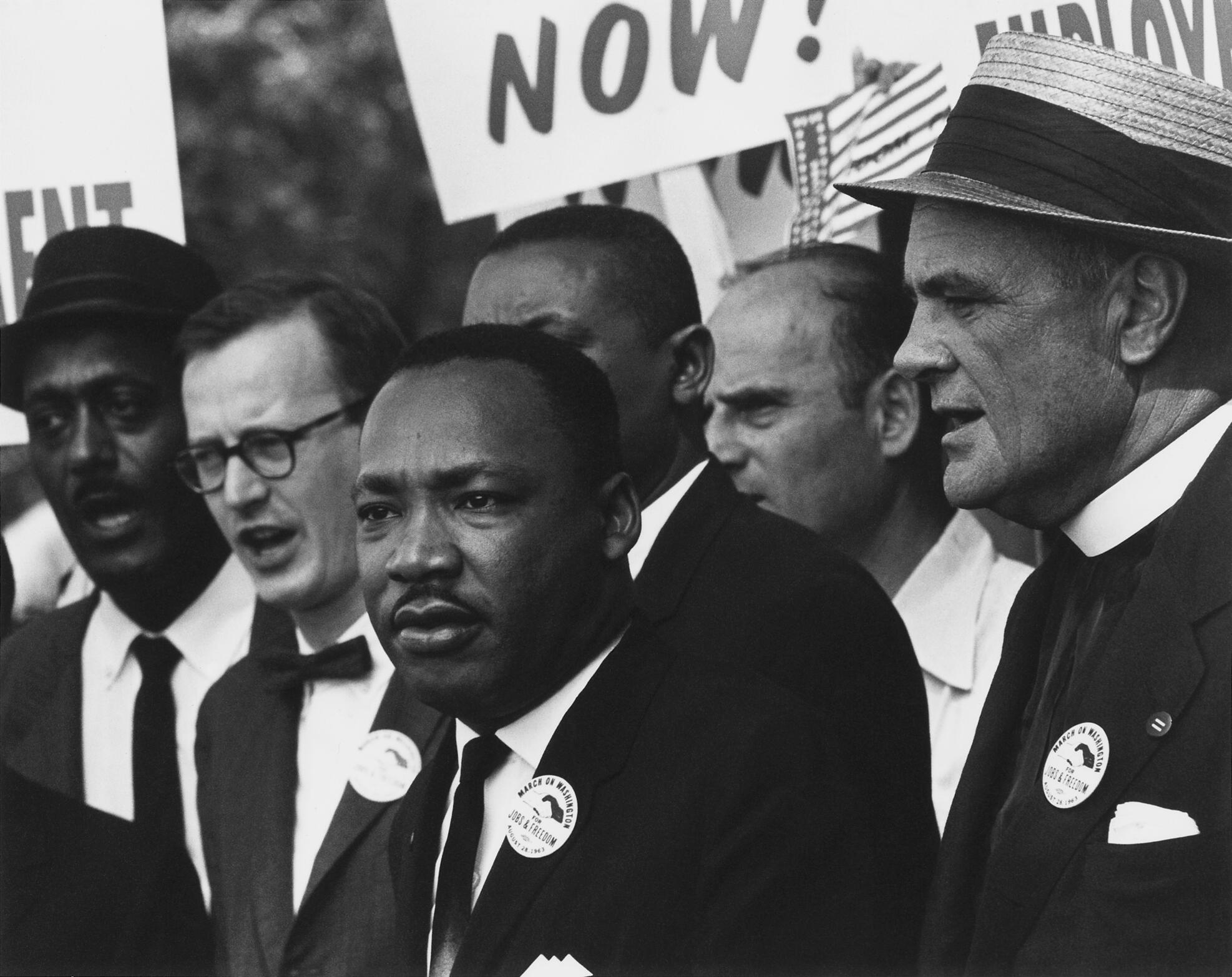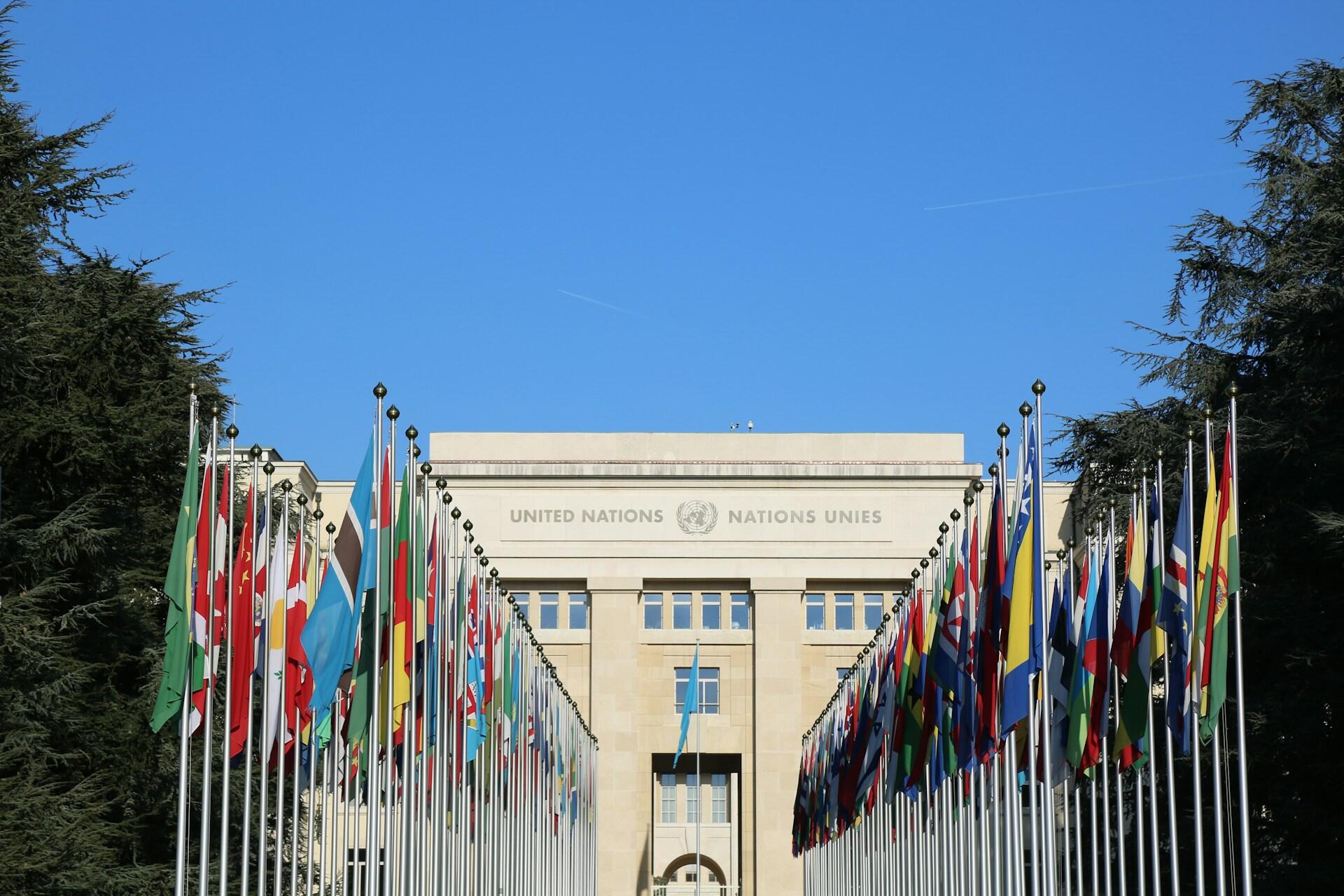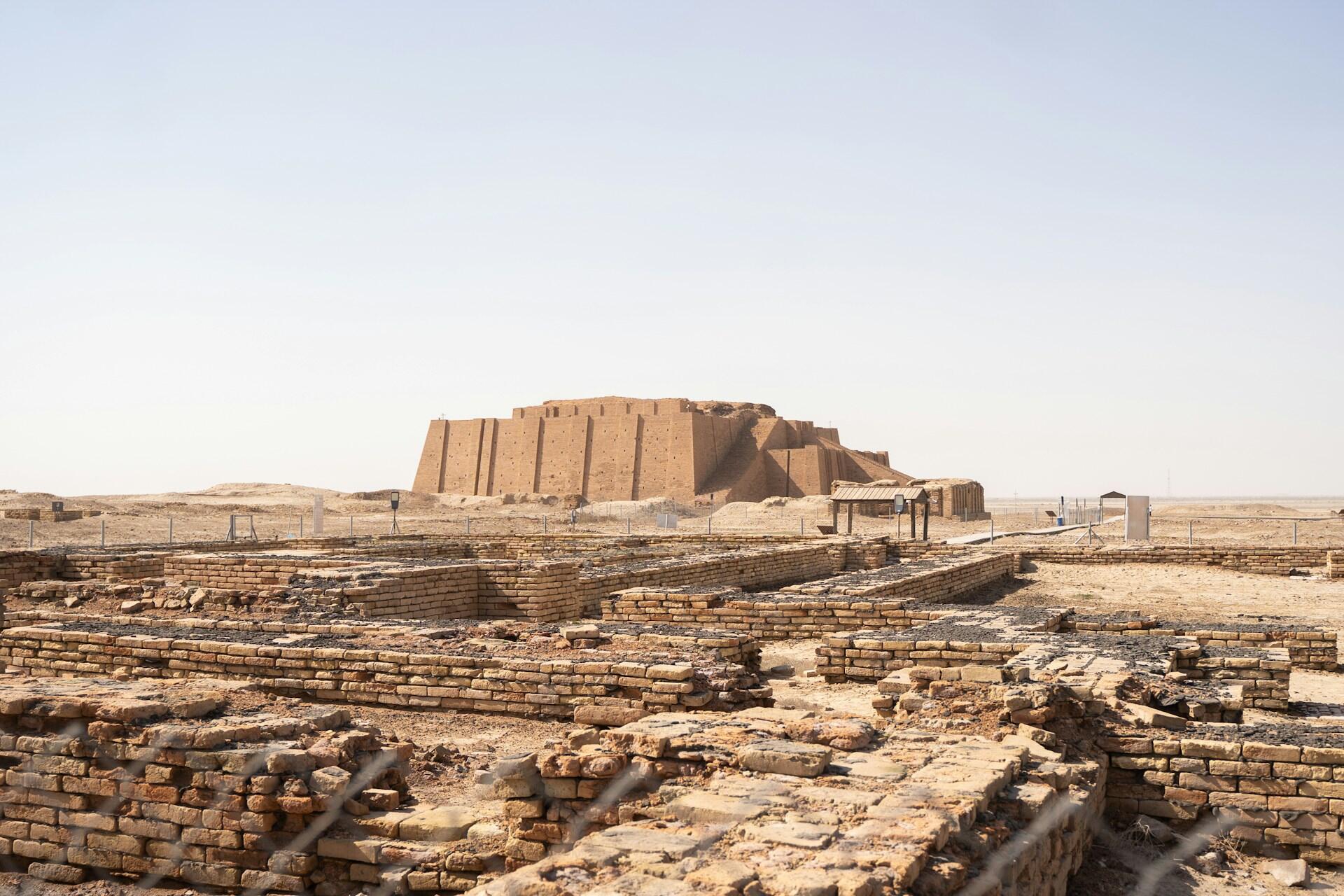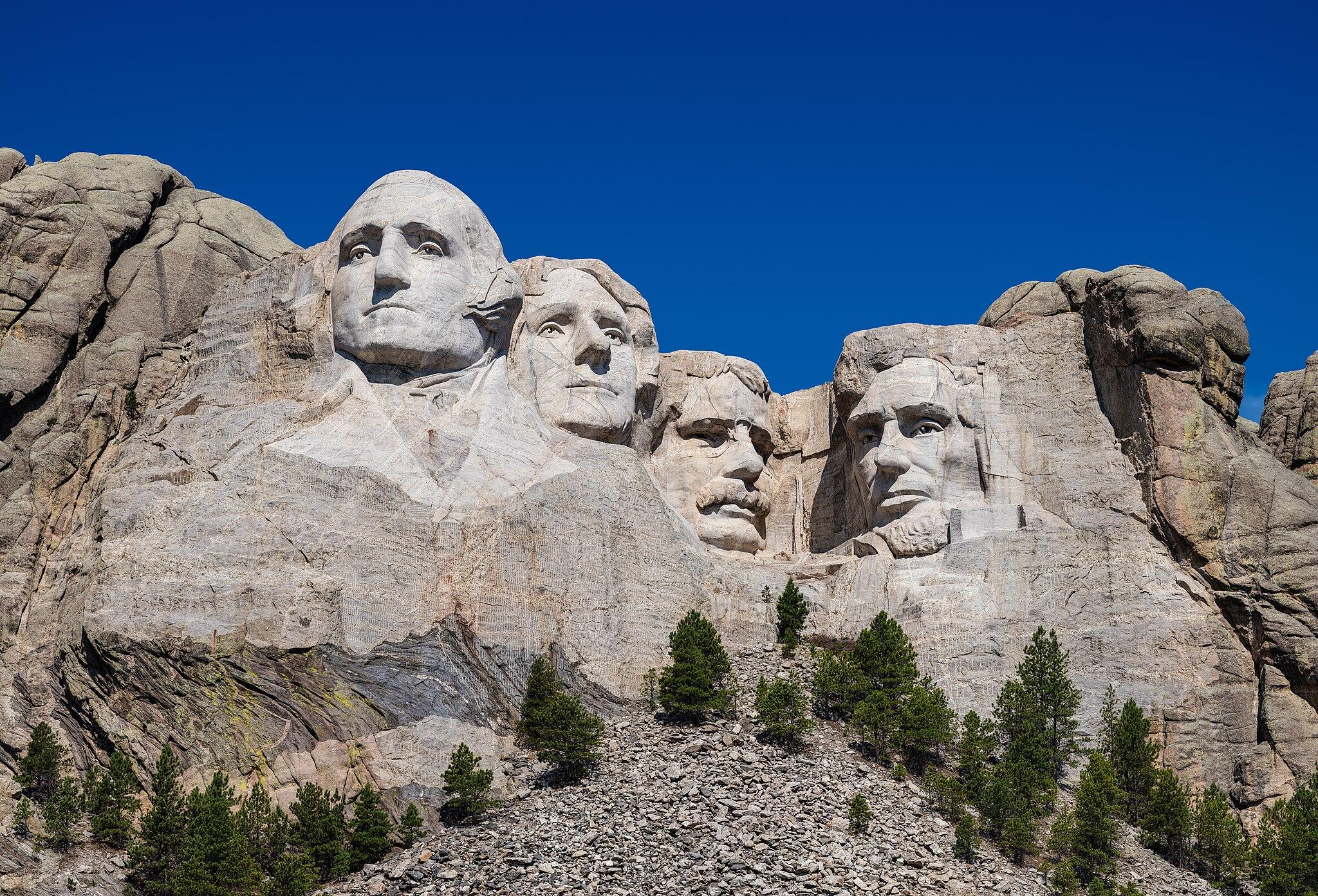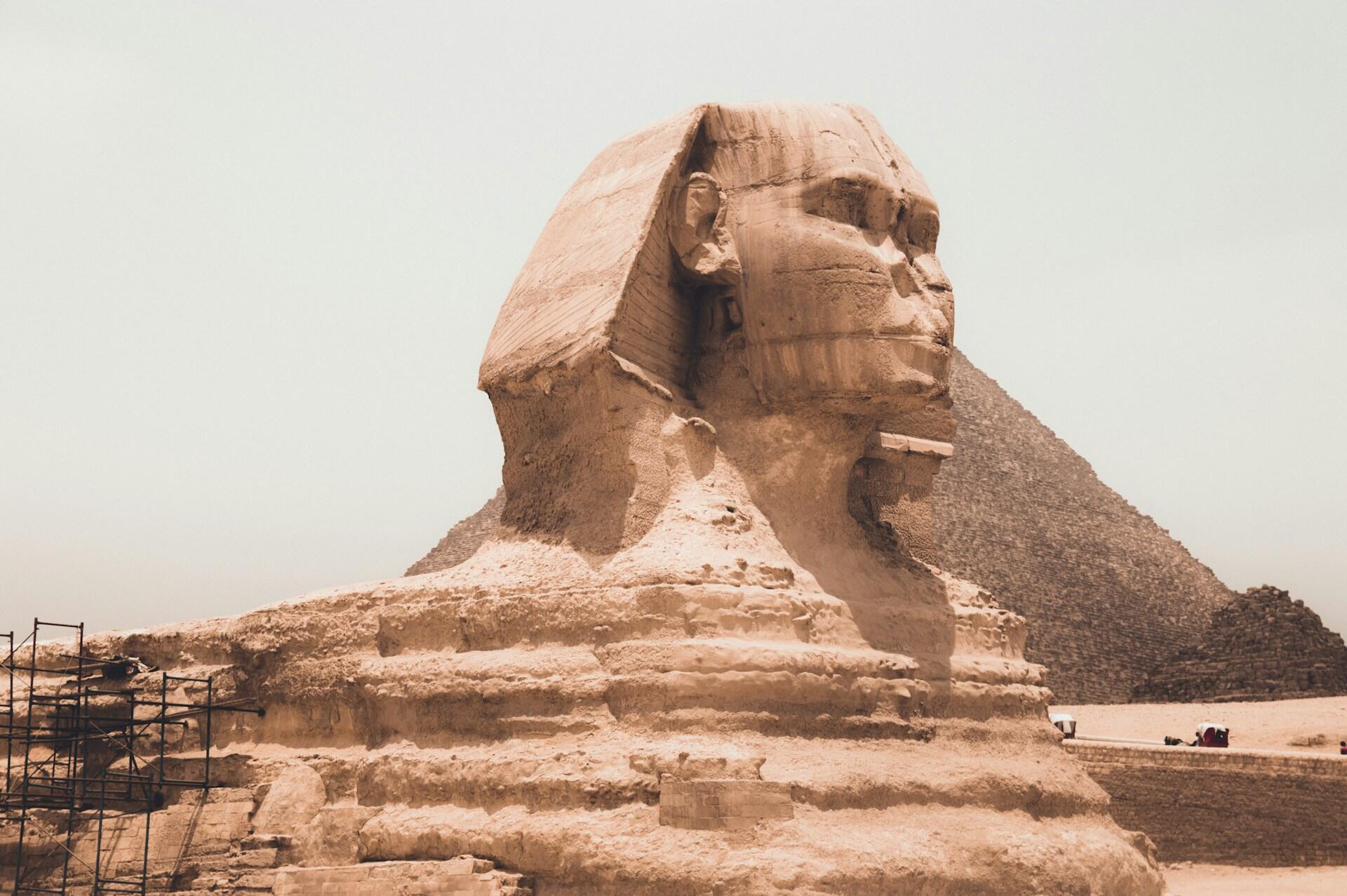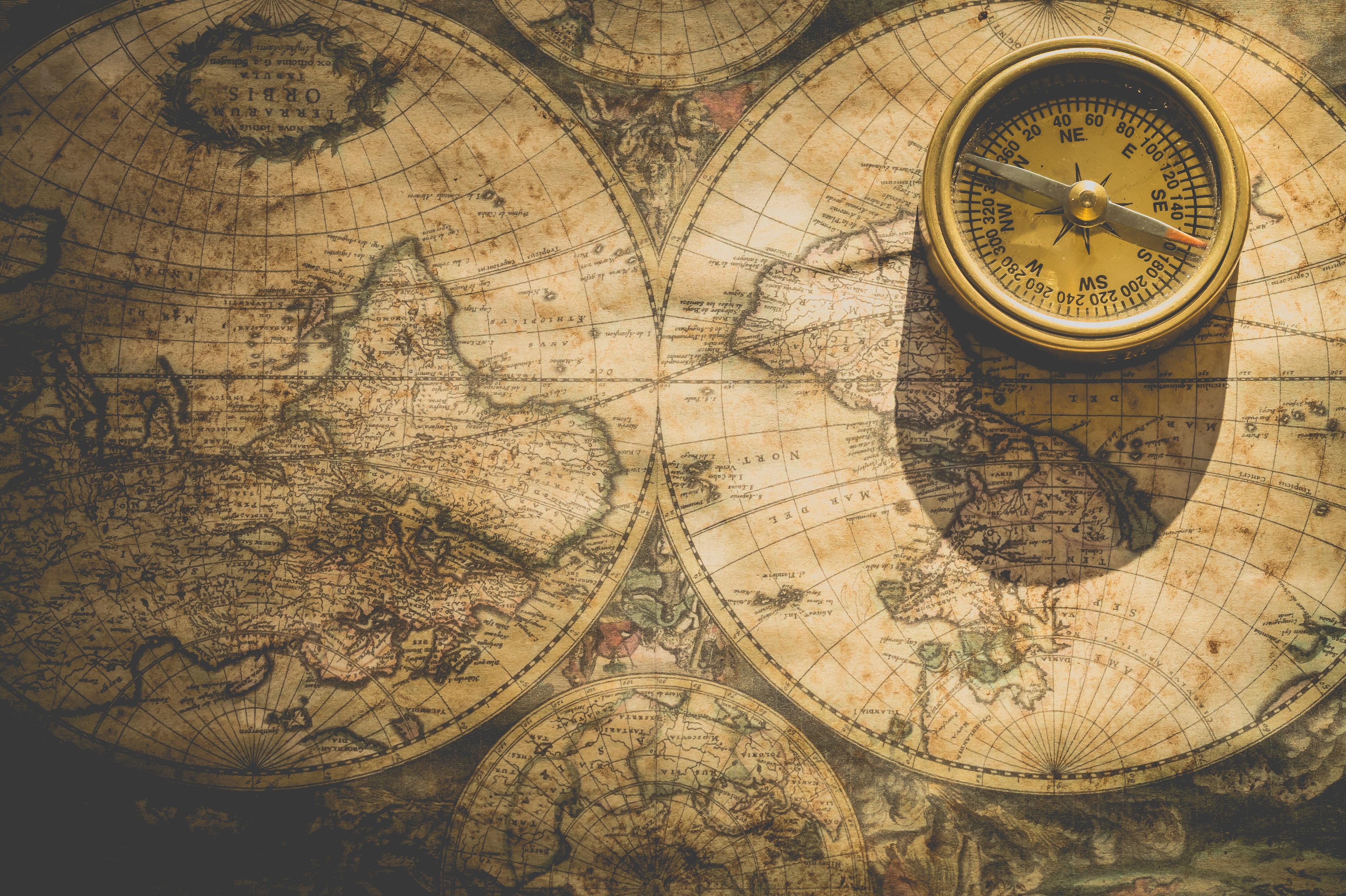Black movements worldwide have been crucial in combating racism, oppression and inequality. Though these social movements first emerged centuries ago, they remain (unfortunately) as relevant as ever today.
While these movements share common goals, each possesses distinct approaches and characteristics tied to local contexts. These initiatives have been shaped by their unique historical, cultural and political backgrounds. How much do you know about them? Test your knowledge with our quiz!
Quiz
Quiz :
A History of Resistance
Throughout history, Black movements have emerged across the globe, particularly in regions marked by colonisation, slavery or systemic racial discrimination. These movements arose in response to historical and cultural oppression, taking different forms depending on local contexts.
In Australia, this story is fundamentally linked to Aboriginal and Torres Strait Islander peoples' resistance against colonial oppression. From the Frontier Wars to the 1965 Freedom Rides, from the 1967 Referendum to the Wave Hill Walk-Off, First Nations peoples have led powerful movements for justice and recognition.
The Aboriginal Tent Embassy, established in 1972, stands as one of Australia's most enduring symbols of Indigenous resistance. The embassy continues to represent Aboriginal sovereignty and land rights, serving as a powerful reminder of ongoing struggles for justice.
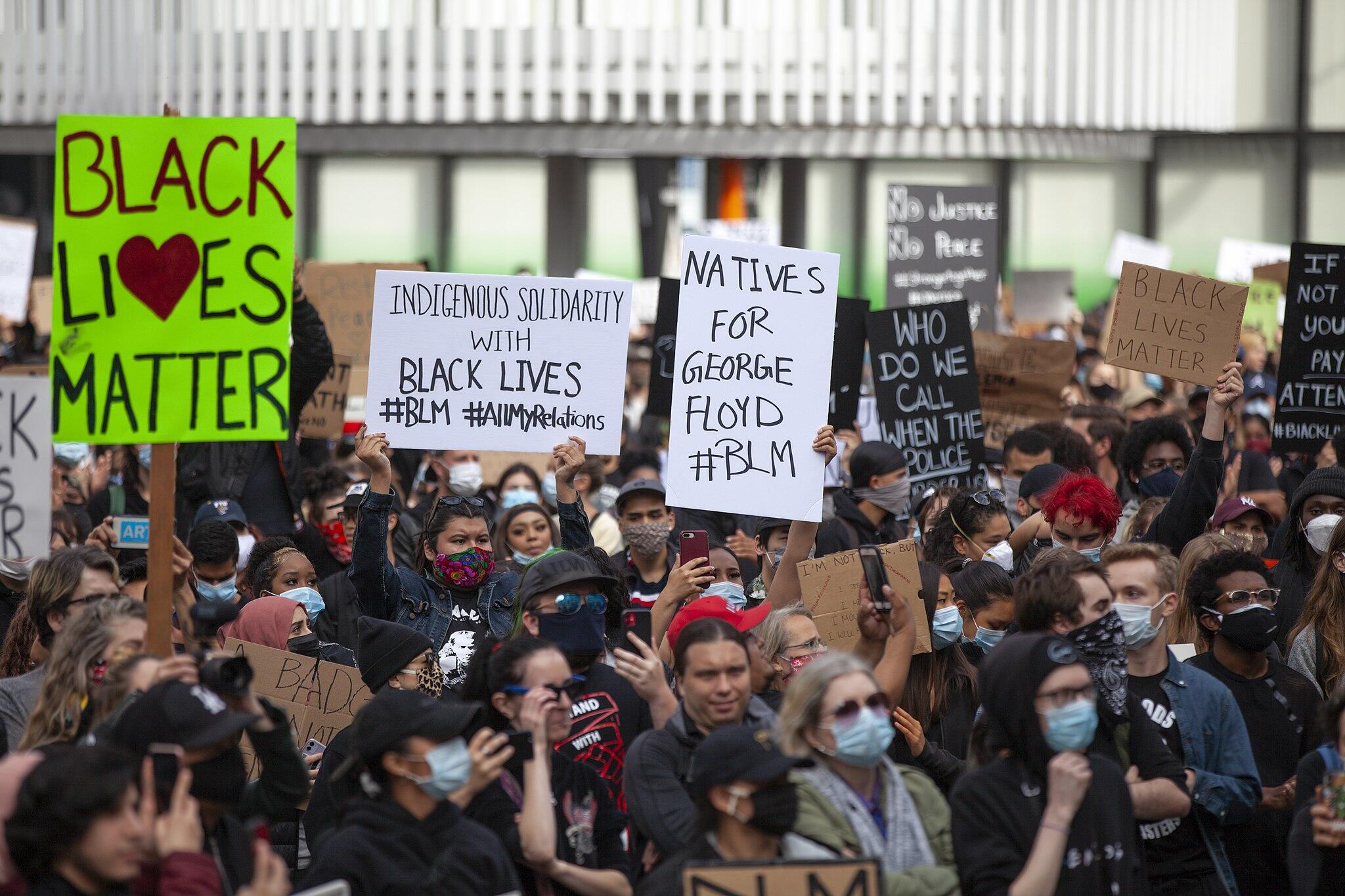
Australian Context
Indigenous movements are central to Australia's history and the continuing fight for social justice. From resisting colonisation to addressing contemporary issues like deaths in custody and constitutional recognition, these movements have been vital in preserving Indigenous culture and expanding First Nations peoples' rights.
The impact of Indigenous resistance is deeply woven into Australia's cultural fabric. From the Mabo decision to the Uluru Statement from the Heart, Indigenous activism has profoundly influenced Australian law, politics, art, and social consciousness.
Numerous influential figures have shaped Indigenous rights movements in Australia. Charles Perkins, who led the Freedom Rides, challenged racial segregation in rural NSW. Eddie Mabo's decade-long legal battle led to the historic recognition of native title. Activists like Faith Bandler and Pearl Gibbs fought tirelessly for Aboriginal rights and the 1967 Referendum.
NAIDOC Week, celebrated annually, offers an opportunity to reflect on the history, culture, and achievements of Aboriginal and Torres Strait Islander peoples. It serves as a time for education and inspiration to address ongoing challenges and build a more equitable society.
Despite progress, structural racism persists in Australia. Challenges such as the gap in life expectancy, overrepresentation in prisons, and disparities in education and employment continue to highlight the need for sustained activism and systemic change.
The Movement Continues
While Australia's Indigenous rights movement has its own unique characteristics, it connects to a broader global struggle for justice. From the civil rights movement in the United States to anti-apartheid activism in South Africa, these movements share common threads of resistance against oppression and the fight for equality.
Which global Black movement has inspired you the most? Share your thoughts in the comments below!

